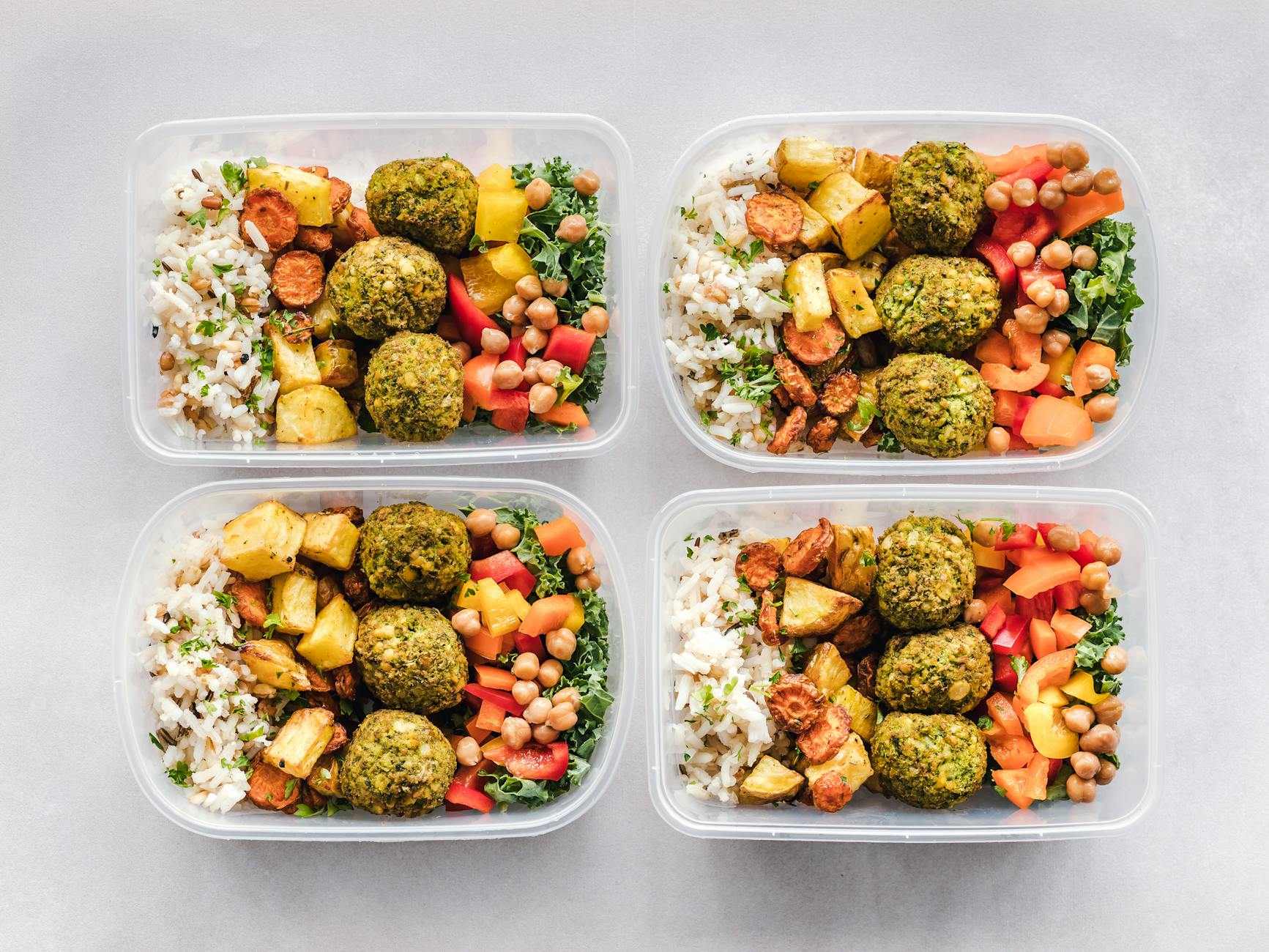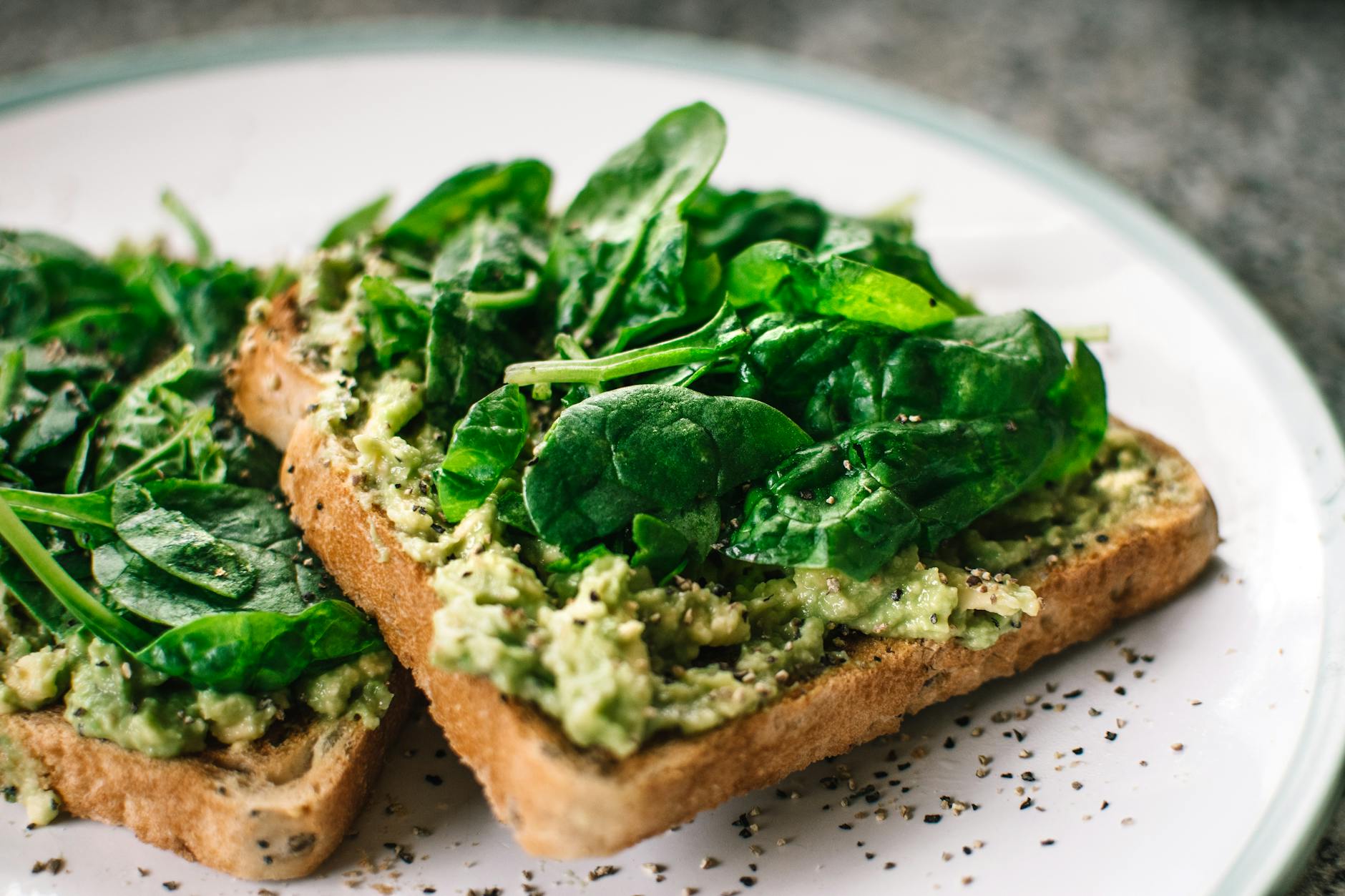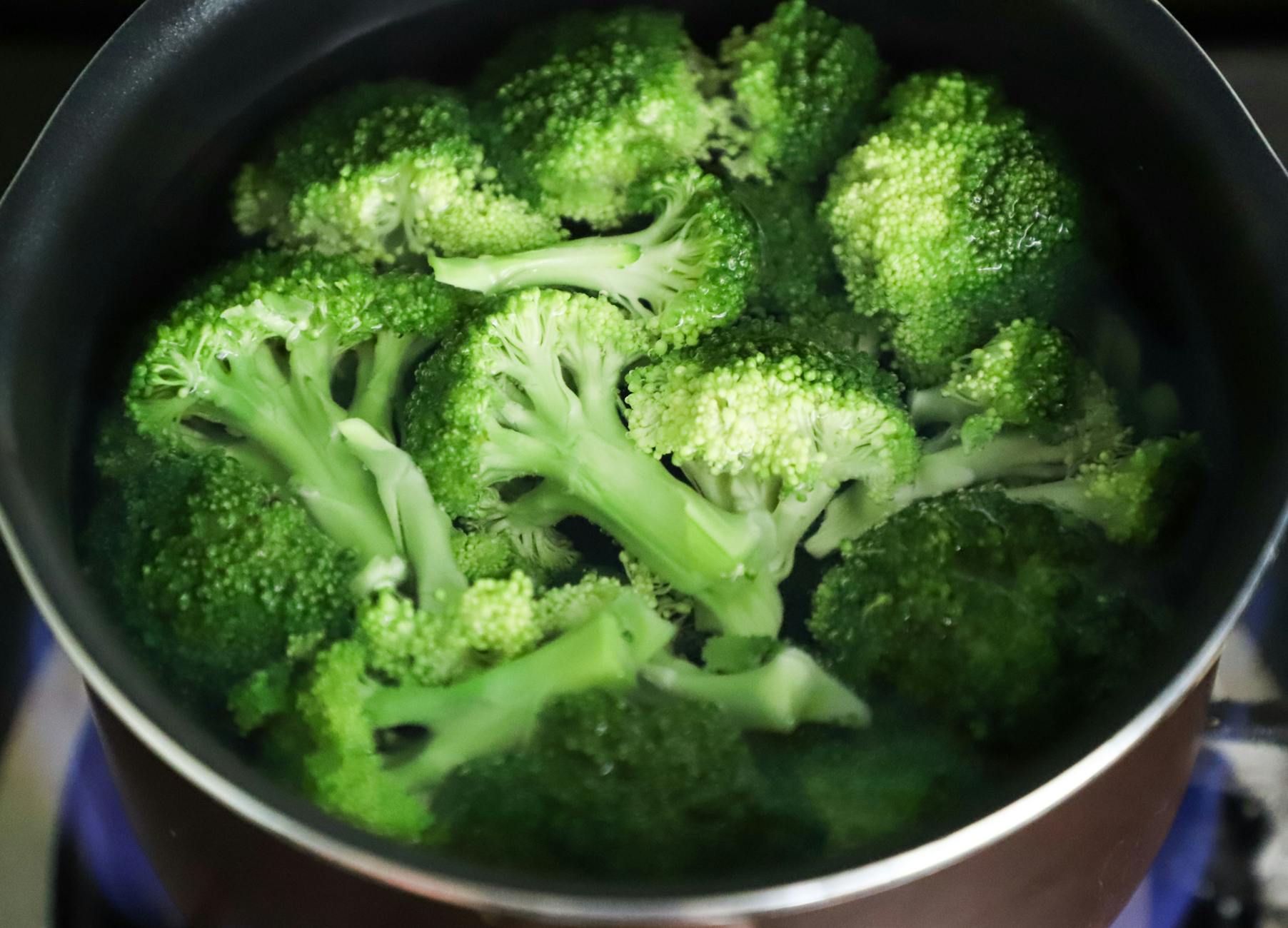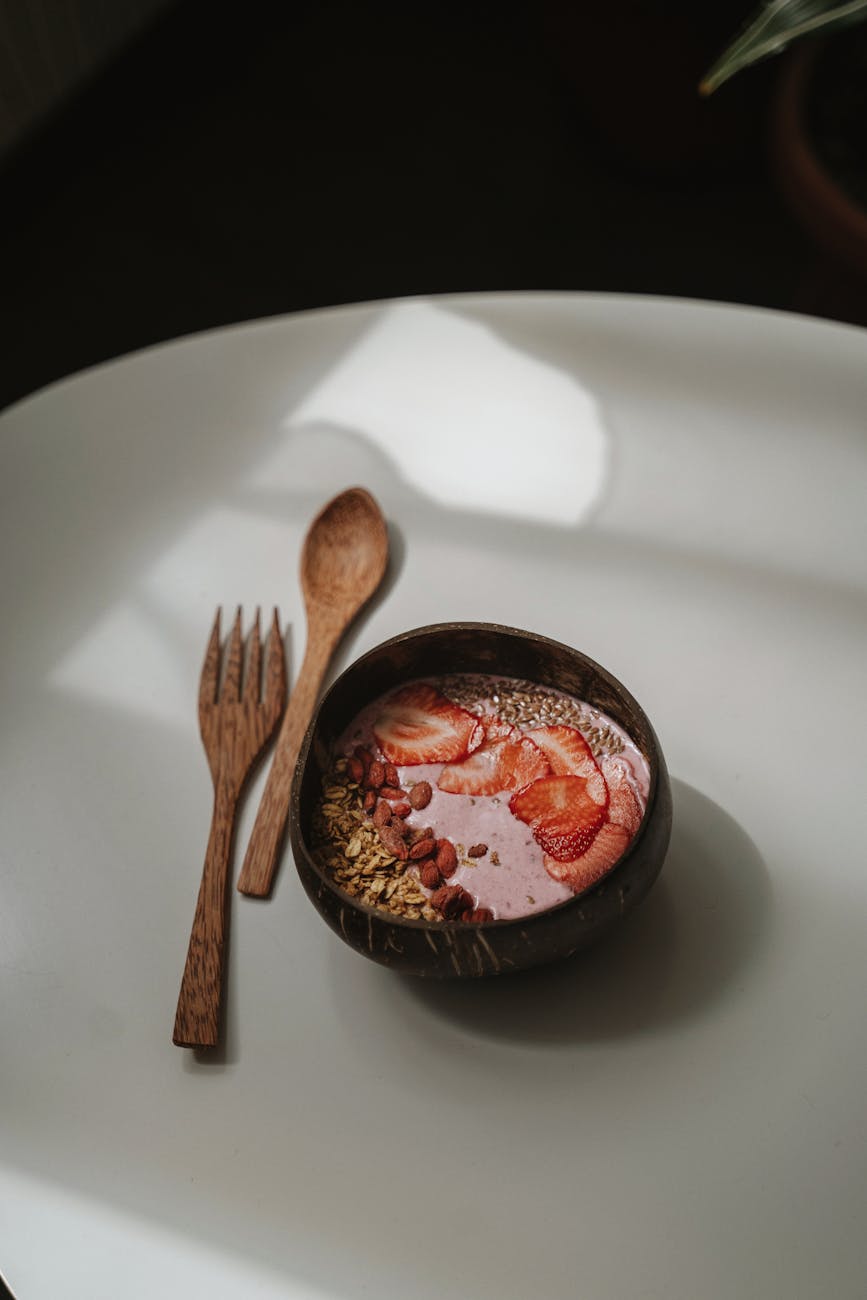Introduction to gluten-free recipes
Are you looking to explore the world of gluten-free eating? Whether you’re newly diagnosed with celiac disease, have a gluten sensitivity, or are simply curious about its potential health benefits, diving into **gluten-free recipes** can be a delicious adventure. This guide will provide you with everything you need to know to get started, from the advantages of a gluten-free diet to easy-to-follow recipes and helpful tips. We’ll help you navigate the world of **gluten-free recipes** with confidence.
Gluten is a protein found in wheat, barley, and rye. For some people, consuming gluten can cause digestive issues, fatigue, and other health problems. Luckily, there’s a vast array of flavorful and satisfying foods available that are naturally gluten-free, or can be adapted into **gluten-free recipes**.

Benefits of gluten-free recipes
There are many reasons why people choose to follow a gluten-free diet. For those with celiac disease, it’s a medical necessity to avoid gluten entirely. For others, eliminating gluten can lead to improved digestion, reduced bloating, and increased energy levels.
Here are some of the potential benefits of incorporating more **gluten-free recipes** into your life:
* Improved digestive health: Gluten can irritate the gut lining in sensitive individuals, leading to discomfort.
* Reduced inflammation: Some studies suggest that a gluten-free diet can help lower inflammation in the body.
* Increased energy levels: By eliminating foods that may be causing digestive distress, you may experience a boost in energy.
* Weight management: Many gluten-free whole foods are naturally lower in calories and higher in fiber, which can aid in weight management. Related article.

Step-by-Step Guide / Recipe
Let’s start with a simple and delicious gluten-free recipe: Gluten-Free Chocolate Chip Cookies!
**Ingredients:**
* 1 cup gluten-free all-purpose flour blend (with xanthan gum)
* 1/2 teaspoon baking soda
* 1/4 teaspoon salt
* 1/2 cup (1 stick) unsalted butter, softened
* 1/2 cup granulated sugar
* 1/4 cup packed light brown sugar
* 1 teaspoon vanilla extract
* 1 large egg
* 1 cup chocolate chips
**Instructions:**
1. Preheat your oven to 375°F (190°C). Line a baking sheet with parchment paper.
2. In a medium bowl, whisk together the gluten-free flour, baking soda, and salt.
3. In a large bowl, cream together the softened butter, granulated sugar, and brown sugar until light and fluffy.
4. Beat in the vanilla extract and egg until well combined.
5. Gradually add the dry ingredients to the wet ingredients, mixing until just combined. Be careful not to overmix.
6. Stir in the chocolate chips.
7. Drop by rounded tablespoons onto the prepared baking sheet.
8. Bake for 9-11 minutes, or until the edges are golden brown.
9. Let cool on the baking sheet for a few minutes before transferring to a wire rack to cool completely.
Enjoy these warm and gooey gluten-free chocolate chip cookies!

Tips for Perfect gluten-free recipes
Mastering **gluten-free recipes** can take a little practice, but with these tips, you’ll be baking and cooking like a pro in no time:
* **Use a good quality gluten-free flour blend:** Not all gluten-free flours are created equal. Look for blends that contain xanthan gum, which acts as a binder and helps to create a better texture.
* **Don’t overmix:** Overmixing can lead to tough or gummy results, especially in gluten-free baking.
* **Adjust liquid as needed:** Gluten-free flours can absorb liquid differently than wheat flour, so you may need to add a little more or less liquid to achieve the desired consistency.
* **Let dough rest:** Allowing gluten-free dough to rest for a few minutes can help the flours hydrate properly and improve the texture.
* **Experiment with flavors:** Gluten-free cooking opens up a world of new ingredients and flavors. Don’t be afraid to try different herbs, spices, and sauces to create unique and exciting dishes.
* **Read labels carefully:** Always check ingredient labels to ensure that products are certified gluten-free, especially if you have celiac disease. source.

Common Mistakes to Avoid with gluten-free recipes
Even experienced cooks can stumble when trying new **gluten-free recipes**. Here are some common mistakes to watch out for:
* **Using the wrong type of gluten-free flour:** Different gluten-free flours have different properties. Make sure you’re using the correct type for the recipe.
* **Not using xanthan gum:** Xanthan gum is crucial for binding gluten-free baked goods and preventing them from crumbling.
* **Overcooking:** Gluten-free baked goods tend to dry out more easily than those made with wheat flour, so be careful not to overcook them.
* **Not adapting recipes:** Simply substituting gluten-free flour for wheat flour in a traditional recipe rarely works. You’ll need to adjust the liquid and other ingredients to get the best results.
* **Cross-contamination:** If you have celiac disease, it’s essential to prevent cross-contamination by using separate cutting boards, utensils, and cookware for gluten-free foods.
* **Ignoring the specific dietary guidelines:** Those with celiac disease must be diligent about hidden sources of gluten. Always read the labels carefully!

Frequently Asked Questions about gluten-free recipes
**Q: What are some naturally gluten-free foods?**
A: Many foods are naturally gluten-free, including fruits, vegetables, meat, poultry, fish, beans, lentils, rice, corn, quinoa, and potatoes.
**Q: Can I substitute gluten-free flour 1:1 for wheat flour?**
A: Generally, no. Gluten-free flours behave differently than wheat flour. Using a gluten-free all-purpose blend is often your best bet.
**Q: What is xanthan gum, and why is it important in gluten-free baking?**
A: Xanthan gum is a food additive that acts as a binder in gluten-free baking. It helps to create a better texture and prevent baked goods from crumbling.
**Q: How can I tell if a product is gluten-free?**
A: Look for products that are certified gluten-free by a reputable organization, or carefully check the ingredient list for any gluten-containing ingredients such as wheat, barley, or rye.
**Q: Are oats gluten-free?**
A: Oats are naturally gluten-free, but they are often processed in facilities that also handle wheat, barley, and rye. Look for certified gluten-free oats to avoid cross-contamination.

Conclusion & Final Thoughts
Embracing **gluten-free recipes** doesn’t have to be daunting. With the right knowledge and tools, you can enjoy a wide variety of delicious and satisfying meals while supporting your health and well-being. From simple snacks to elaborate dinners, the possibilities are endless. So, go ahead and experiment, explore new flavors, and discover the joy of gluten-free cooking!
